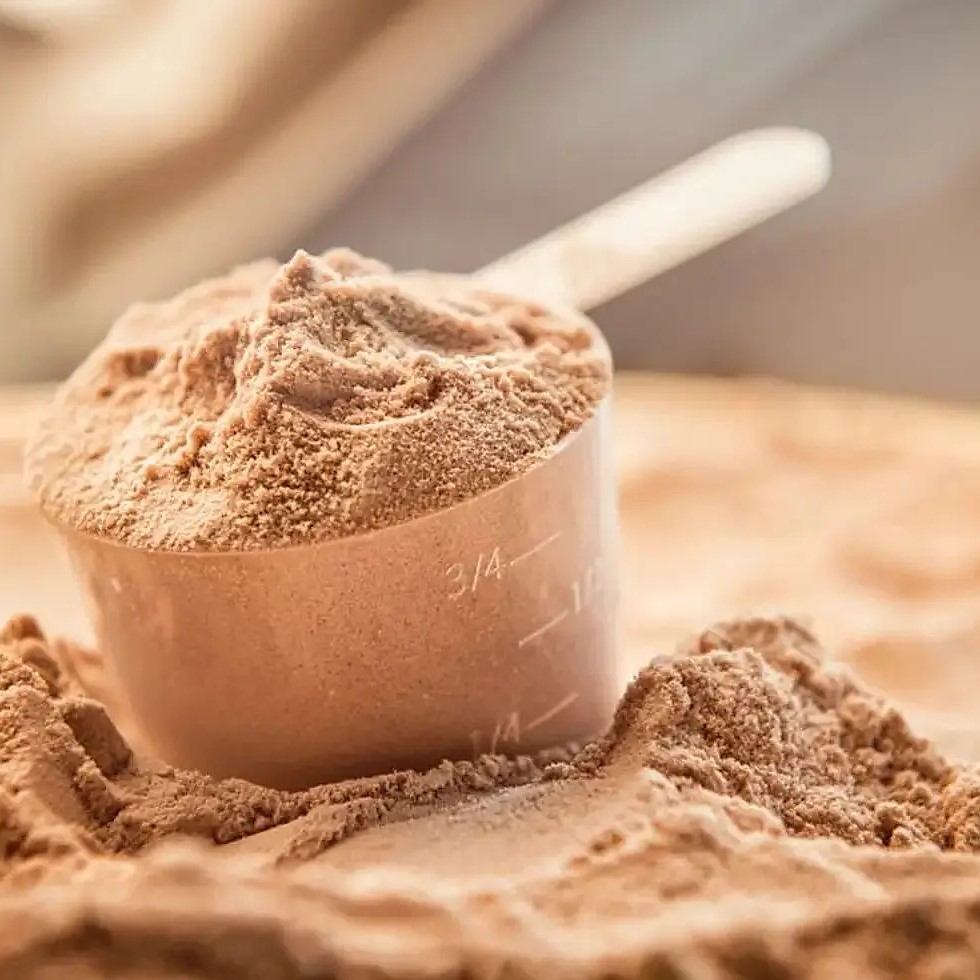One of the primary reasons for the popularity of whey protein concentrate is its amino acid profile. It contains all nine essential amino acids, those that the body cannot produce on its own. These amino acids are crucial for protein synthesis, the process by which the body builds and repairs tissues. Branched-chain amino acids (BCAAs), in particular, are abundant in whey protein concentrate and play a significant role in muscle protein synthesis.
Individuals engaged in strength training and exercise often incorporate whey protein concentrate into their diets to support muscle recovery and growth. The readily available amino acids aid in repairing muscle tissue damaged during exercise, promoting muscle hypertrophy. The speed of digestion of whey protein concentrate allows those amino acids to become quickly available for muscle recovery.
Beyond muscle support, whey protein concentrate can contribute to overall nutritional intake. It serves as a convenient source of protein, particularly for individuals with increased protein needs or those seeking to supplement their dietary intake. It can be mixed with water, milk, or other liquids, or added to smoothies and other food preparations.
The level of lactose present in whey protein concentrate can vary. Individuals with lactose intolerance may experience digestive discomfort when consuming it. However, many manufacturers offer products with reduced lactose content or provide alternative forms of whey protein, such as whey protein isolate, which contains minimal lactose.
When selecting a whey protein concentrate product, it is important to consider the protein percentage, ingredient list, and manufacturing practices. Some products may contain added sugars, artificial flavors, or other additives. Choosing a product with minimal additives and a high protein percentage can ensure a more pure and effective supplement.
The digestibility of whey protein concentrate is another factor contributing to its popularity. It is generally well-tolerated by most individuals, with rapid digestion and absorption. This makes it a suitable protein source for post-workout consumption, when the body requires readily available nutrients.
The application of whey protein concentrate extends beyond fitness and exercise. It can also be used as a protein source in various food preparations, such as baked goods, protein bars, and other dietary supplements. Its ability to blend smoothly and its relatively neutral flavor make it a suitable ingredient for numerous applications.
The cost of whey protein concentrate can vary depending on the brand, protein percentage, and other factors. It is generally considered a cost-effective protein source compared to other protein supplements. When purchasing, it is important to compare products and consider the overall value.
The quality of whey protein concentrate can be influenced by the sourcing and processing of the milk. Manufacturers that prioritize high-quality milk and employ careful processing methods can produce a product with superior nutritional value.
The role of protein in overall health is well-established. Whey protein concentrate provides a convenient and effective way to supplement protein intake, supporting muscle health, recovery, and overall nutritional needs.




